
A year ago, I published my first Substack post, “Notes from the back porch,” a collection of observations on a July morning in my Atlanta garden. Over the following twelve months, I shared the changes in that garden as well as nature adventures, mostly within a two hour drive of Atlanta. I shared some of my experience as a neurodivergent naturalist, my love of sandhills, and information about — in the hopes of inspiring some appreciation for — unpopular creatures.
For this anniversary post, I return to the garden and to the back porch, where I sit, once again, with my laptop and my dog, to write.
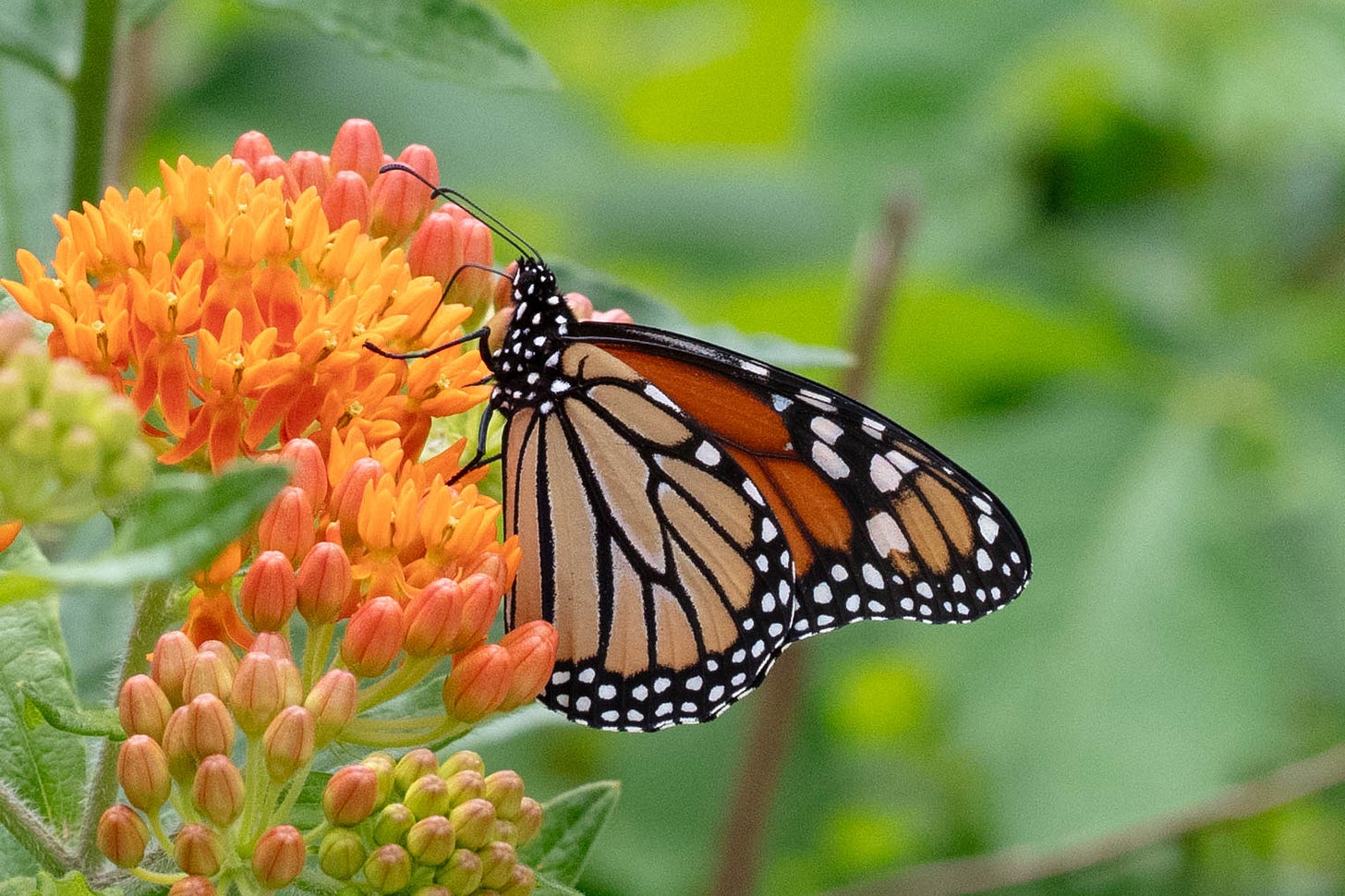
Since I last wrote a post about my garden, an entire season has passed.
Spring moves too quickly. The words kept forming in my mind throughout those months. The pale white light of winter quickly became the gold of spring, passing through the veil created by the new leaves of hackberry, oak, and elm. Sunsets from the back porch became a green-gold glow from the west, as green-gold new leaves formed on the hackberry, oak, and elm trees. Just as I’d begun to take in this change, the leaves broadened and thickened, like dark green blankets held aloft by branches. With wisteria, English ivy, poison ivy, and Virginia creeper, they formed a ceiling that cast the back garden into deep shade. To the west, this greenery wove into a wall that now obscures the sunsets which, in winter, I could watch from the back porch.
Only once, since then, have I glimpsed the setting sun. The gaps between leaves intersected just enough, at just the right moment, for me to glimpse a blaze of red-orange, a sphere floating between branches of the Chickasaw plum tree. I later learned that this dark and vivid shade of sun was the result of distant wildfire.
Although the last winter storm had ripped its petals from the tree, tossing them to the ground like discarded paper, the Chickasaw plum bloomed again. But just as I took this in, these flowers, too, faded, and for the first time since we planted the tree, it bore fruit. Between branches and leaves, we began to spot hard green globes. Here, spring moved slowly; it seemed ages before the plums acquired a blush. Then spring sped back up; in each orange-pink plum we also found a hole, showing yellow-gold fruit already sampled by insects or birds. Soon I’d find half-ripe fruits scattered on the ground. Only once did I find a ripe plum still on the tree; in the last glow of a spring evening, a blaze of red-orange against the green shadows. It reminded me of that setting sun that wildfires had splashed with scarlet.
One May morning, I discovered tiny, cream-colored bells hanging among the persimmon leaves. They reminded me of blueberry blossoms, but edges of these flowers curled upward. In all my years of exploring the Southeast, I’d never noticed a wild persimmon in bloom. Until this moment of discovery in my own backyard, I’d had no clue what persimmon blossoms looked like. Perhaps this tree, too, will bear fruit for the first time this year.
The pink and white bells of blueberry blossom provided forage for bees around the spring equinox. With yellow fuzz on a stout black body, Habropoda laboriosa, the blueberry digger bee, could be mistaken for a bumblebee. Though they forage on many flowers, they prefer blueberries. Blueberries also benefit from this relationship. The Florida Wildflower Foundation calls them “our most efficient blueberry pollinators.” According to BugGuide, just one bee visits an estimated 50,000 blueberry blossoms throughout their lifetime. The estimated economic benefit to commercial blueberry production is $20 per bee.
Indeed, as the bushes’ red-and-green leaves turned a soft blue-green, just a few shades darker than the lacy lichen wrapped around nearby tree trunks, hundreds of pale green globes appeared among them. As May became June, the hard green berries ripened to soft blue-black.
Nearly every morning, I stepped onto the back porch with two coffee mugs — one filled with coffee, and one empty. I’d walk down the stone path, under the green tunnel of elm and hackberry, and emerge back into a small patch of sunlit garden. I’d fill the second mug with blueberries; the handle kept me from spilling my bounty onto the ground as I’d done with shallow bowls.
With this morning ritual, I’d watch spring transform the garden. I’d witness and welcome the return of familiar friends.
When I heard the melodic babble of catbirds, I realized, with a jolt, that I’d stopped hearing the whistle of white-throated sparrows. In March, I missed the sparrows before they’d even left, but arriving migrants must have distracted me from the winter birds’ departure.
The wheep! of great crested flycatchers reminded me that I no longer heard the catbirds — at least, not in the garden. Perhaps my garden catbirds had joined those who summer a few blocks away at the headwaters of Camp Creek.
One Saturday morning’s sunlight shone on silver threads stretching through all of the berry bushes and even across the path, into the coral honeysuckle and trumpet creeper that blanket the backyard fence. Turquoise and topaz winked throughout the gossamer structure; small, young orchard orbweaver spiders had not only returned, but instead of forming circular webs, had formed a three-dimensional network of many webs, sharing not only with their own species but with a few yellow and black basilica orbweavers. For several mornings, I maneuvered my hands between layers of web to reach ripe blueberries; inevitably, I’d accidentally bump into the spiders’ construction. It felt like sticky gauze.
Mugs of berries crowded the kitchen counter and refrigerator shelves. They began to fill a bag in the freezer. For the first time, we had more than enough for ourselves and for the wildlife with which we share our garden.
The catbirds returned with the end of ripe blueberries; still, dozens of unripe green berries remained on the bush, and I expected we’d have a second harvest in a few weeks. But the catbirds spend each morning not only feasting on half-ripe elderberries, but also the unripe blueberries. I don’t mind sharing with them.
On the Summer Solstice, I shared my garden’s abundance with friends in the form of a blueberry clafoutis. And now I share with you, readers, my version of my family’s clafoutis recipe, at the very end of this post.
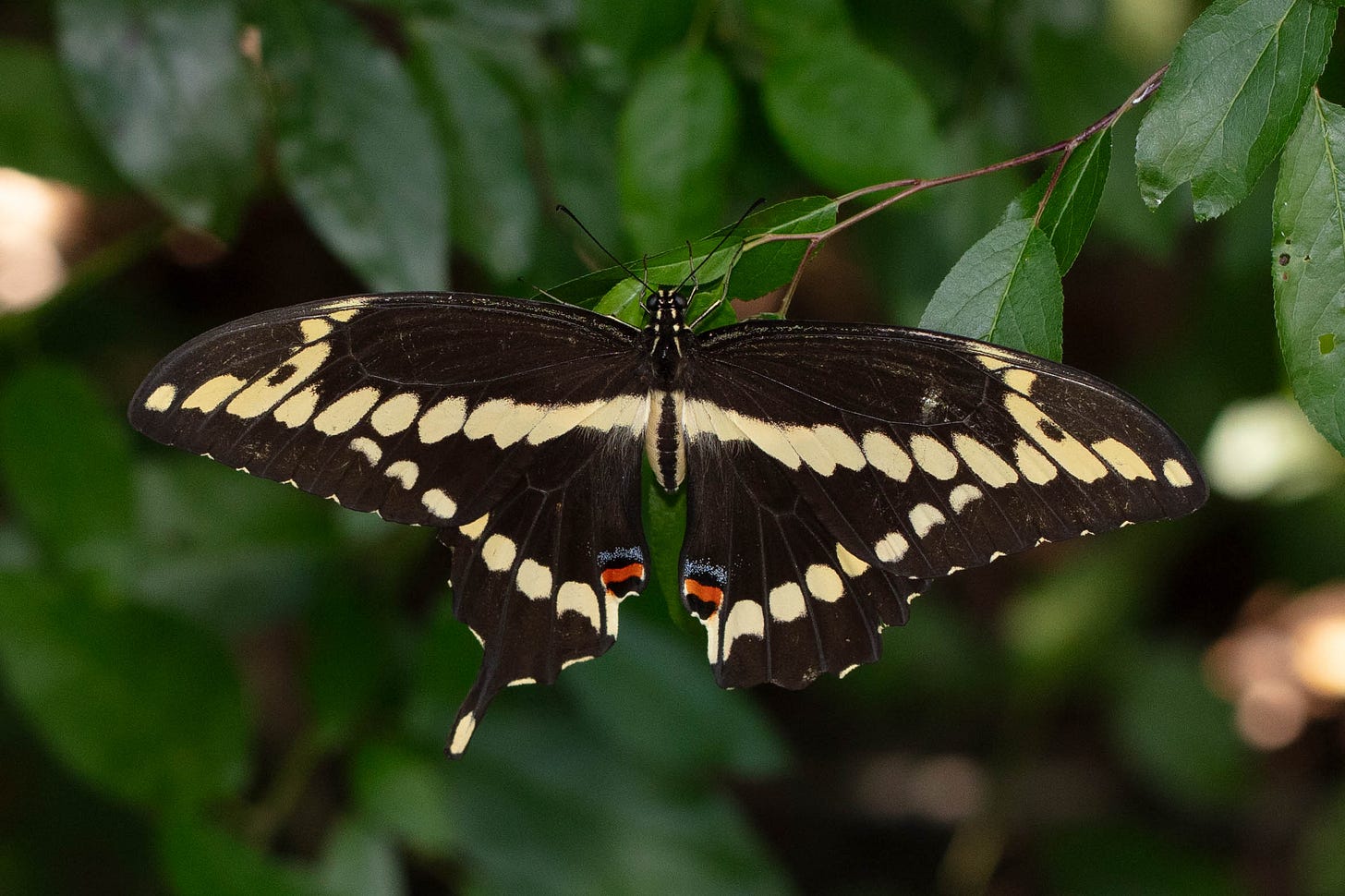
A Year of Falling in a Bog, and the Future
Thank you for reading Falling in a Bog — to new readers and to those who have been here for the entire year. I want to welcome new readers and extend a special thank you to those who have pledged as potential paid subscribers. While I have no plans to put any content behind a paywall at this time, I am going to turn on paid subscriptions and accept the generosity of those readers who have pledged. I will turn on paid subscriptions next week. (I wanted to give a warning to those who have pledged.) These pledges will certainly help me continue producing content — research materials, classes, and camera gear all cost money — and I think Substack, which will get a percentage of paid subscriptions, deserves to get something for hosting my many photos.
For free subscribers, nothing will change. Paid subscriptions are appreciated but in no way expected.
Falling in a Bog will remain a weekly publication. Feedback on recent photo-heavy, not-too-wordy posts has shown me that no one will feel cheated if I don’t write a full essay every week, so for the foreseeable future I will be alternating a long post (like this one) with photo posts (like last week’s). This will give me more time to process the backlog of photos and notes I’ve accumulated, more time to produce better quality writing, and something to do with photos that don’t have an entire essay to accompany them.
Now for the recipe! Scroll past the photo…
Clafoutis is a simple, flexible French dessert. It is a custard-y, pancake-y batter poured over fruit and baked. The fruit collapses and its juices mix with the batter. The result is a simple tart that is good warm out of the oven or cold for breakfast. It’s traditionally made with unpitted cherries, but you can use just about any fresh fruit. You can use any summer berry as well as sliced peaches, apples, pears, or even a combination of these.
The following is my adaptation of my French family’s recipe. The original version uses 10 tbsp of all purpose flour, which you can certainly use. In 2018, I made a gluten free clafoutis for an event and discovered that I prefer this version.
You can use almond milk or other plant-based milk, but I have never successfully made gluten free clafoutis without eggs. Not yet, at least.
Recette de Clafoutis
Enough blueberries (or any fresh, not frozen, fruit) to form a layer or so in a pie plate
5 tbsp almond flour
5 tbsp buckwheat flour (or your preferred flour)
Scant 1/2 cup sugar
6 tbsp (3/8 cup) milk (almond or any milk works)
4 tsp oil
3 large eggs (2 extra large or jumbo) (I’ve never managed to successfully make this vegan and gluten free)
1 tbsp baking powder (I have forgotten this with no ill effect)
A dash of vanilla extract
OPTIONAL: A dash of lemon or other citrus juice
A pinch of salt
Wash the fruit, slice it if necessary, and arrange it in your pan. The amount is flexible. Mix the rest of the ingredients in a bowl. Pour the batter into the pan, over the fruit. The batter will settle between and over the fruit. Bake at 425 F for 15 minutes, then lower the heat to 325. At this point, I check on the clafoutis after another 25 minutes or so, and keep baking it if the batter is not set. Trust your gut and a cake tester.
Upcoming Events and Community Science
Dragonfly Week 2025 is happening! This celebration of odonates (dragonflies and damselflies) was started by the British Dragonfly Society and runs through next Sunday, July 13th. I have not yet found any recognition of this or any other Dragonfly Week in the U.S., and a couple of us decided (today) that we want to make this a reality, starting with our own state. Join the iNaturalist project to log observations of odonates in Georgia. If you are not in Georgia, perhaps you can create an iNaturalist project for your location!
Georgia Botanical Society continues to run free field trips. Next weekend, July 12th and 13th, are the annual Okefenokee Swamp roadside botanizing trips. I’ve gone several times. If you can attend, I highly recommend it!




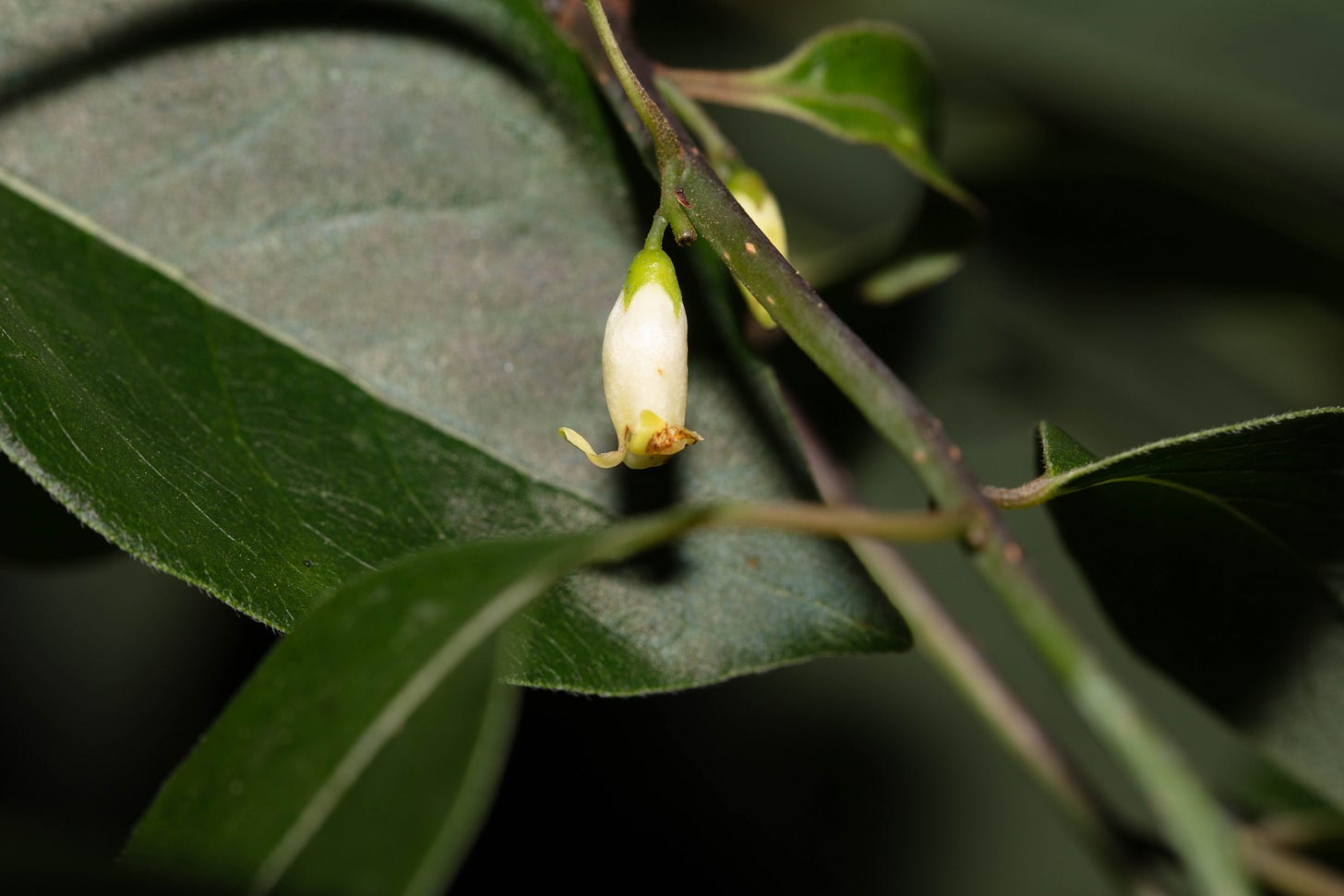
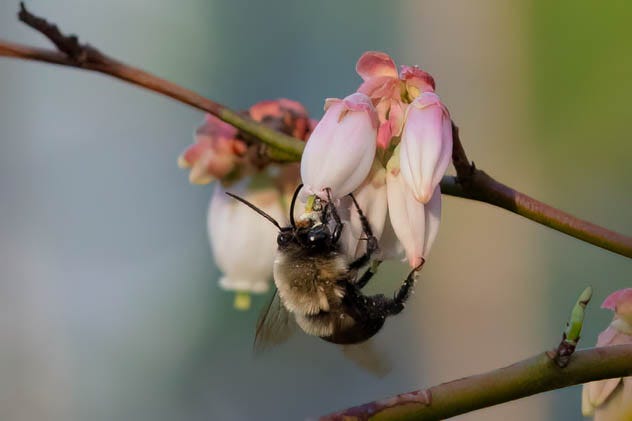
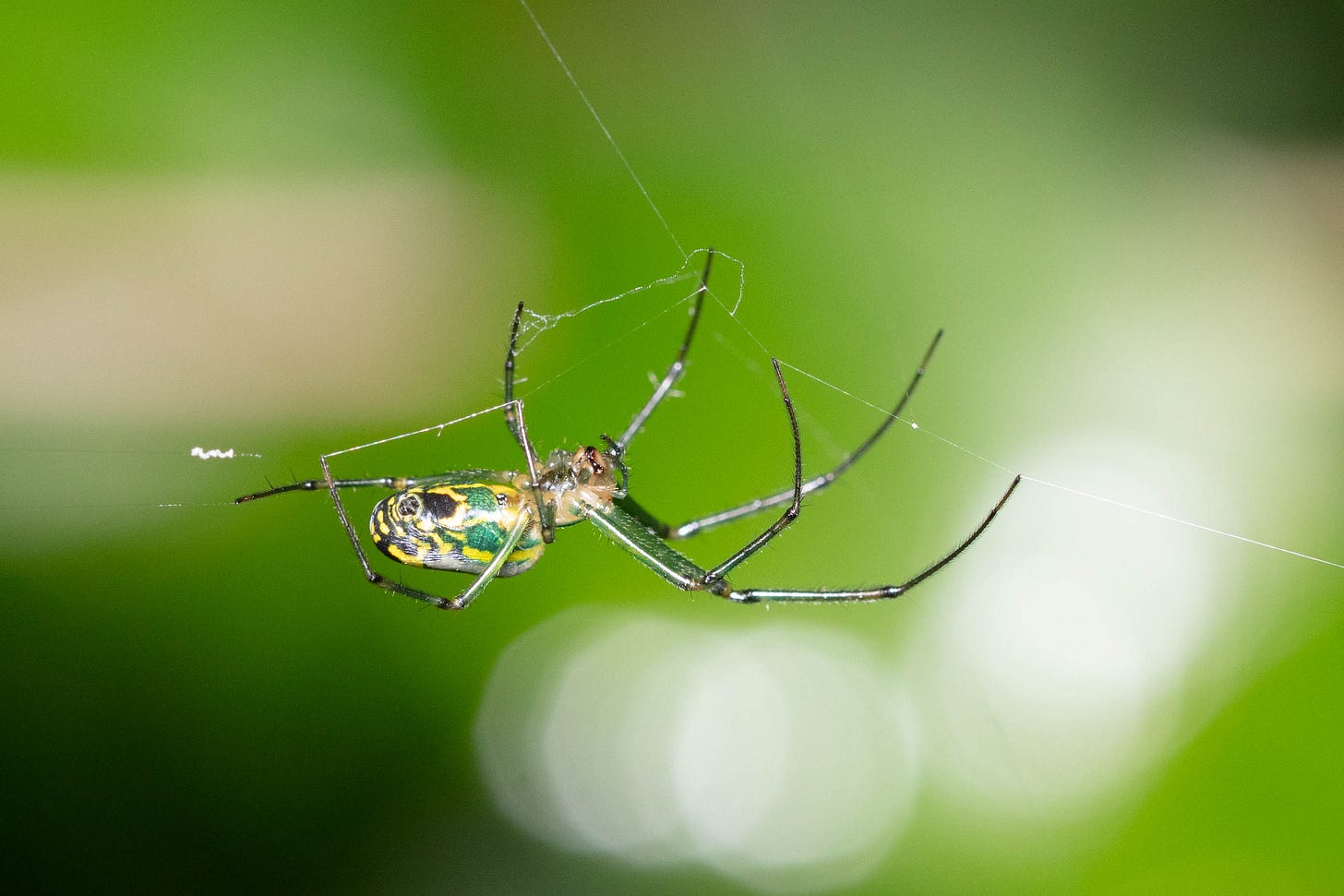

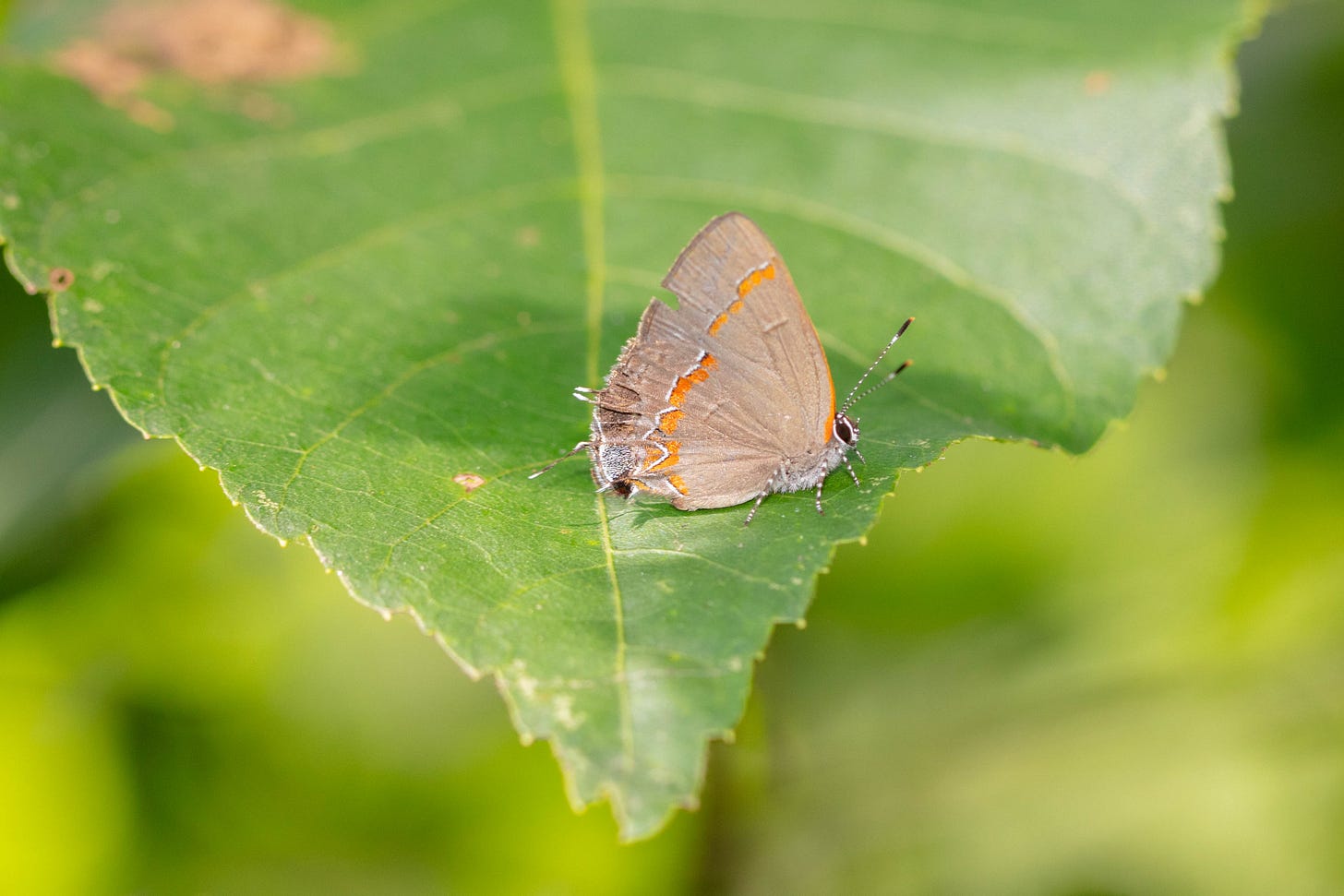
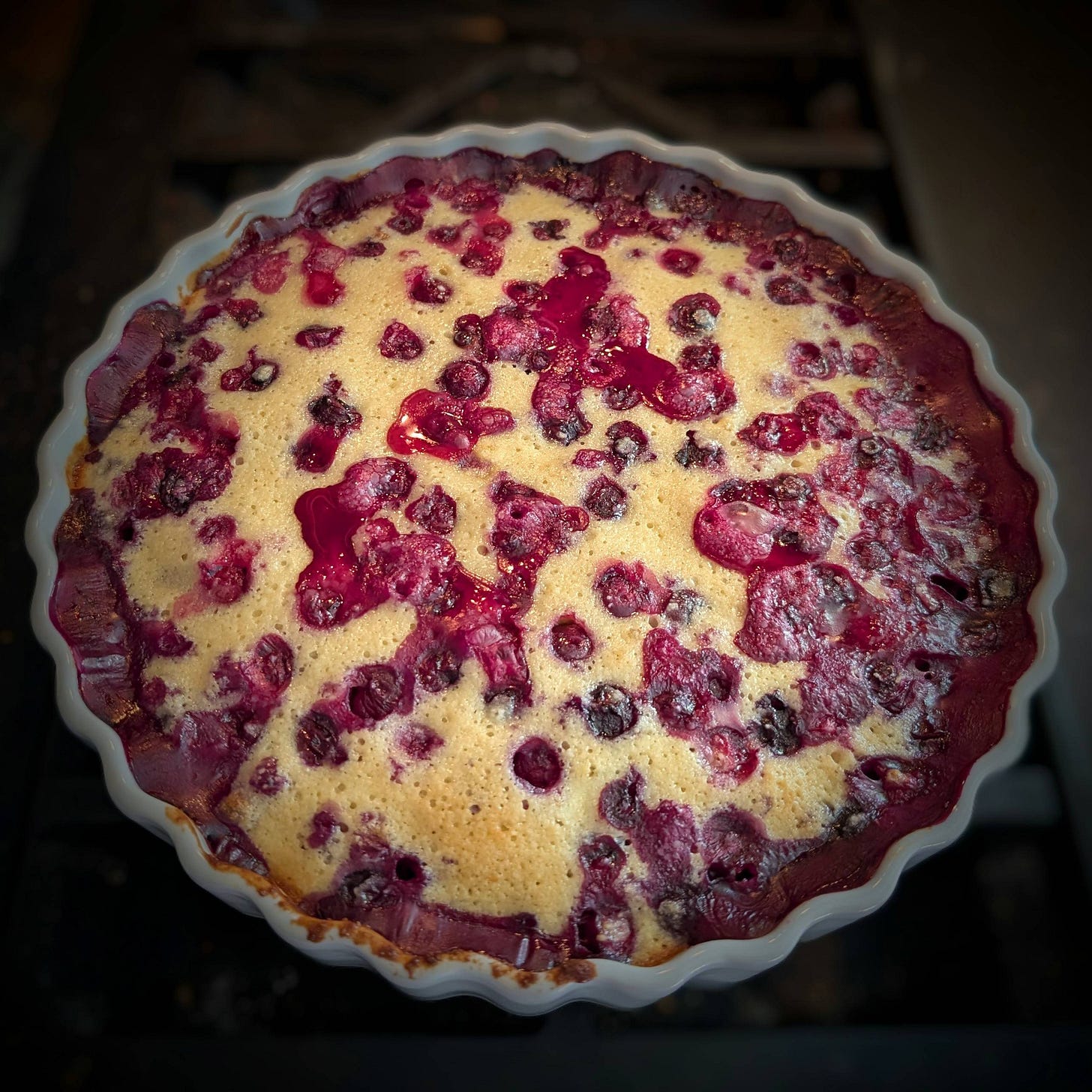
Congratulations on a year of Falling in a Bog! I'm excited to see what photos and essays you share over the next one!
Such lovely writing and photos. Thank you for being so dedicated.